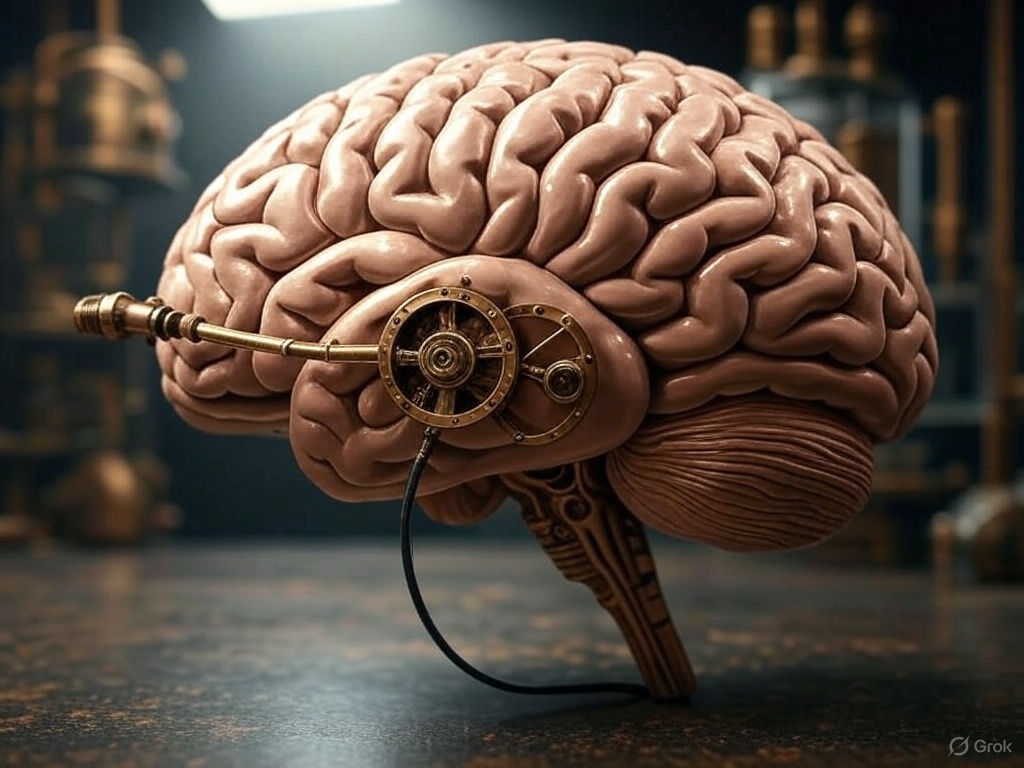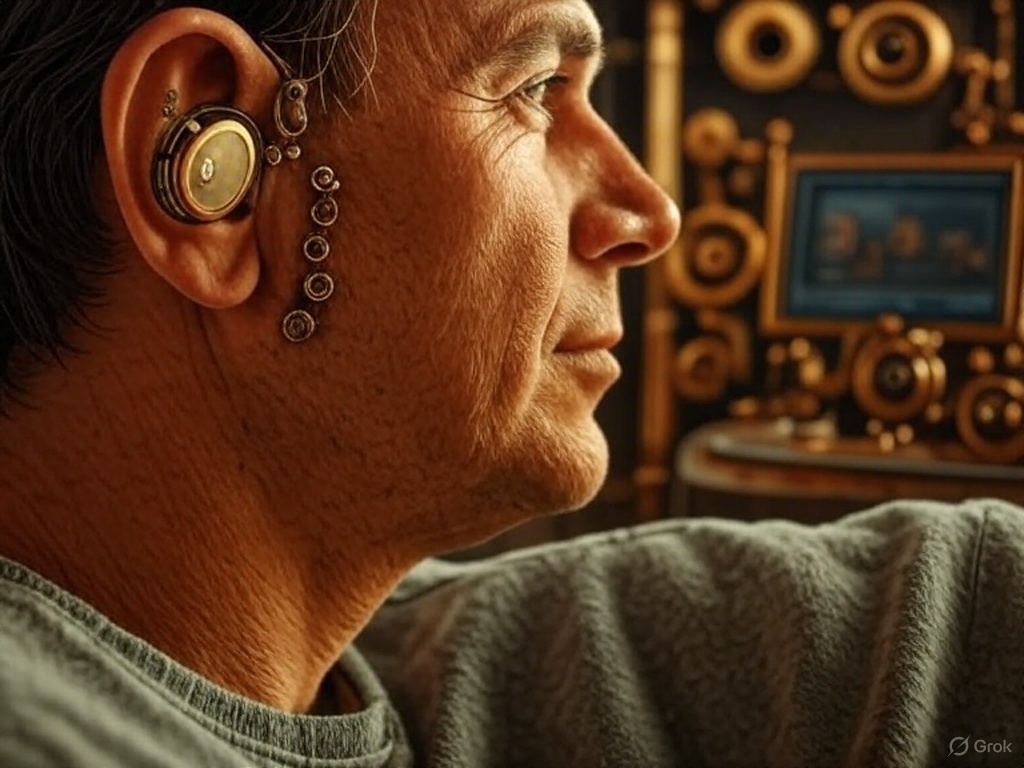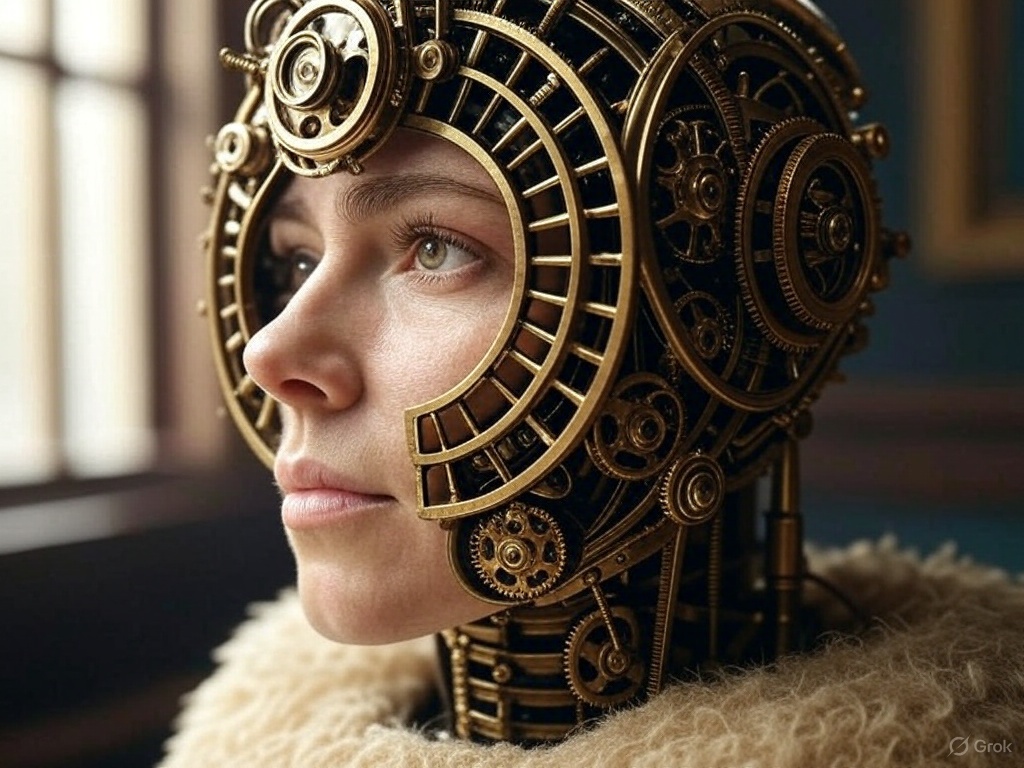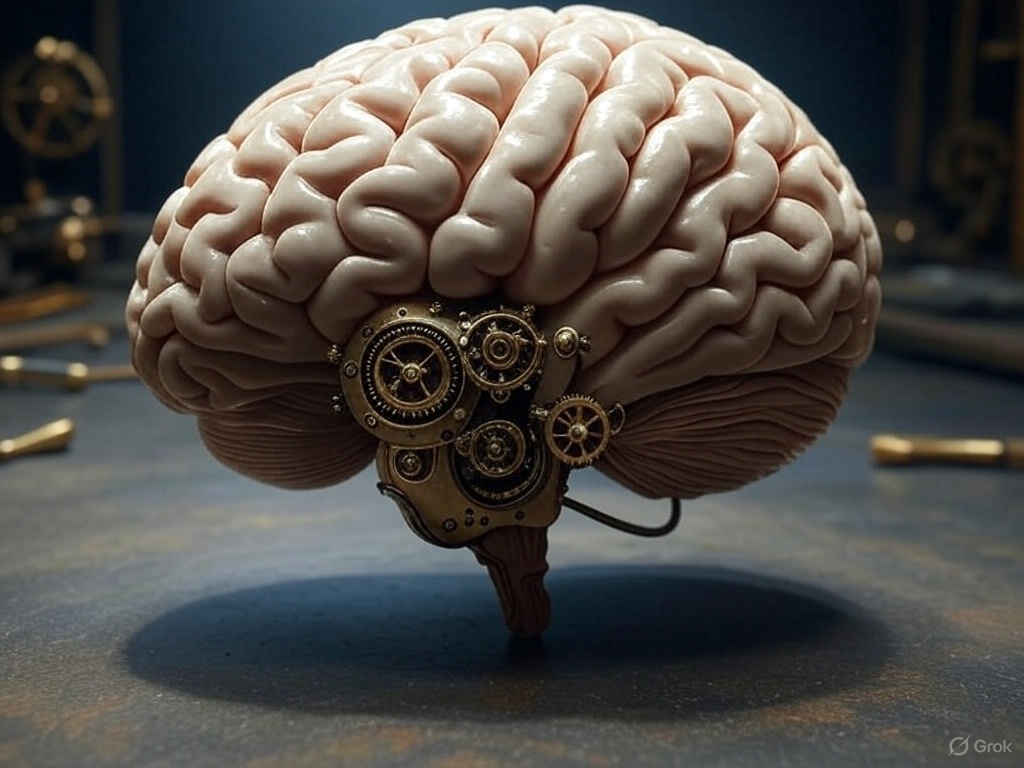Neuralink, the neurotechnology company founded by Elon Musk, is set to make a groundbreaking leap in 2025 with its Blindsight implant, designed to restore vision in blind individuals.
The company has announced plans to begin human trials for the device later this year, marking a significant milestone in its mission to merge human cognition with advanced technology.
A Visionary Solution for Blindness
The Blindsight implant targets individuals who have lost their vision due to conditions that spare the visual cortex, the brain region responsible for processing visual information. Remarkably, the device is engineered to work even in cases where patients lack eyes or functional optic nerves.
 By directly stimulating the visual cortex, Blindsight bypasses damaged or absent visual pathways to create perceivable images.
By directly stimulating the visual cortex, Blindsight bypasses damaged or absent visual pathways to create perceivable images.
According to Musk, the initial version of Blindsight will produce low-resolution visuals, comparable to early video game graphics.
However, he envisions a future where iterative improvements could enable “superhuman” vision, potentially surpassing natural human capabilities. Such advancements could include enhanced color perception, zoom functionality, or even augmented reality overlays.
How Blindsight Works
The Blindsight implant is a brain-computer interface (BCI) that leverages Neuralink’s expertise in neural signal processing. The device is surgically implanted into the brain, where it interfaces with neurons in the visual cortex.
 By delivering precise electrical impulses, the implant stimulates neural activity to generate visual perceptions, effectively creating a form of artificial sight.
By delivering precise electrical impulses, the implant stimulates neural activity to generate visual perceptions, effectively creating a form of artificial sight.
Unlike traditional vision restoration approaches — such as retinal implants or gene therapies—that rely on residual eye function, Blindsight’s direct cortical stimulation offers a novel solution for those with profound blindness.
This makes it a potential game-changer for patients with conditions like optic nerve atrophy or severe ocular trauma.
Human Trials on the Horizon
 Neuralink is actively recruiting volunteers for its upcoming clinical trials, a critical step toward validating Blindsight’s safety and efficacy.
Neuralink is actively recruiting volunteers for its upcoming clinical trials, a critical step toward validating Blindsight’s safety and efficacy.
The company has already gained attention for its earlier human trials, including the implantation of a BCI in a quadriplegic patient who successfully controlled digital devices using thought alone.
Building on this momentum, Neuralink aims to expand its testing to include Blindsight, with the goal of obtaining regulatory approval for broader use.
The trials will likely focus on assessing the implant’s ability to produce reliable visual perceptions and its long-term compatibility with the human brain. While challenges such as surgical risks, device calibration, and neural adaptation remain, Neuralink’s progress suggests a promising trajectory.
The Road to Superhuman Vision
 Musk’s ambitious vision for Blindsight extends beyond restoring basic sight.
Musk’s ambitious vision for Blindsight extends beyond restoring basic sight.
He has hinted at future iterations that could enhance human perception in unprecedented ways, potentially integrating with other Neuralink technologies to create a seamless interface between the brain and external devices.
Such advancements could redefine how we interact with the world, blurring the lines between biological and artificial intelligence.
However, experts caution that achieving superhuman vision will require significant technological leaps, including higher-resolution neural interfaces and advanced algorithms for real-time visual processing. Regulatory hurdles and ethical considerations surrounding BCIs will also play a critical role in shaping the technology’s development.
 Also read:
Also read:
- Apple’s New Sci-Fi Comedy Series “Murderbot” Scores Perfect 100% on Rotten Tomatoes
- The New Logic of Survival: Brands Battle Creators in the Attention-Scarce Creator Economy of 2025
- Johnny Depp to Return as Jack Sparrow in Disney’s Pirates of the Caribbean 6 as Studio Scraps Plans for a Depp-Less Reboot
A New Era for Neurotechnology
 The impending human trials of Blindsight underscore Neuralink’s rapid progress in the field of neurotechnology. If successful, the implant could transform the lives of millions of blind individuals, offering hope where traditional treatments have fallen short.
The impending human trials of Blindsight underscore Neuralink’s rapid progress in the field of neurotechnology. If successful, the implant could transform the lives of millions of blind individuals, offering hope where traditional treatments have fallen short.
Moreover, it could pave the way for broader applications of BCIs, from treating neurological disorders to enhancing cognitive abilities.
As Neuralink prepares to take this bold step, the world watches closely.
The Blindsight implant represents not just a technological marvel but a testament to the potential of human ingenuity to overcome seemingly insurmountable challenges. While the journey to superhuman vision may still be years away, the first sparks of artificial sight are set to ignite in 2025.
For more information on Neuralink’s Blindsight trials or to explore participation, visit Neuralink’s official website.






